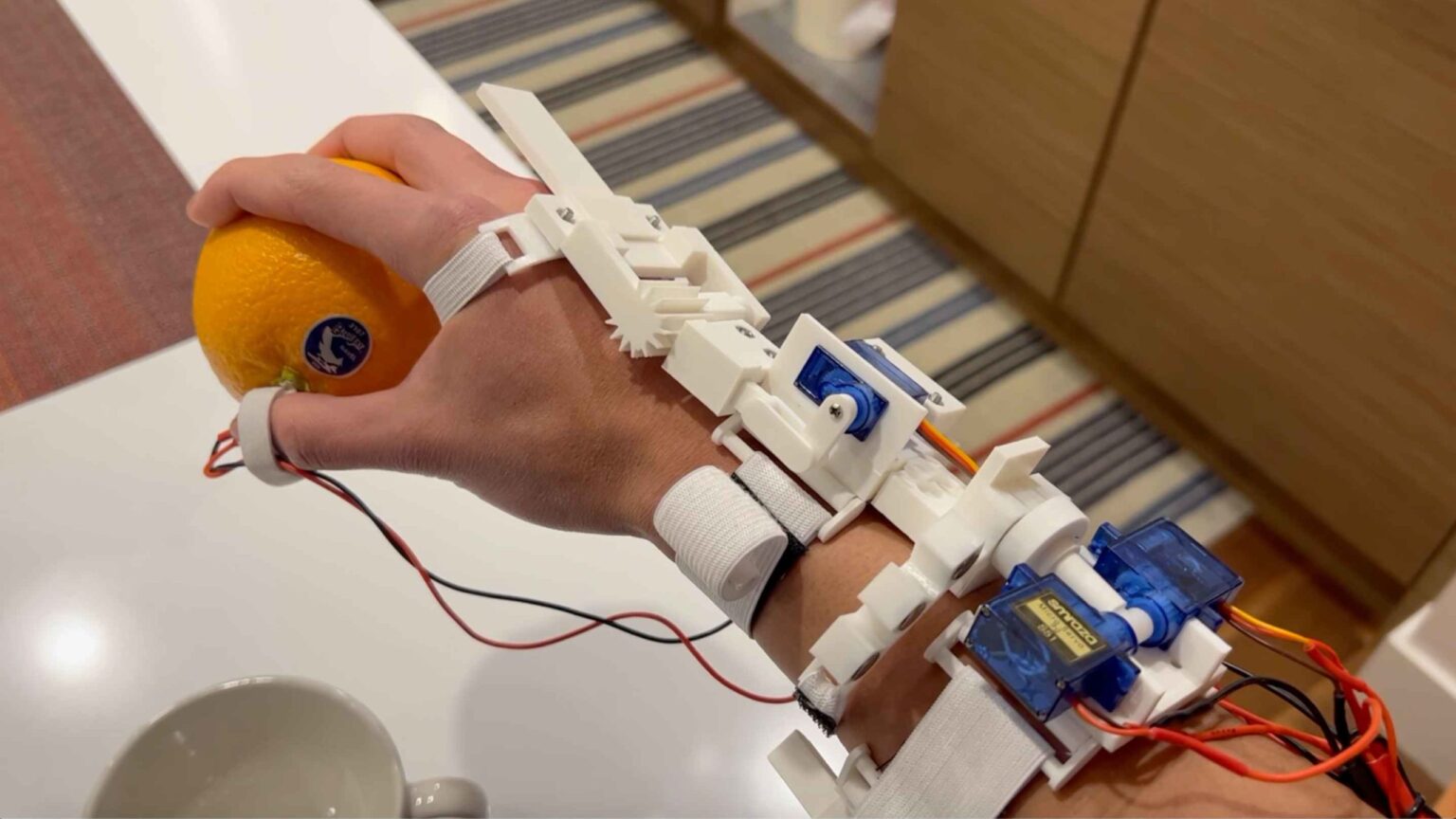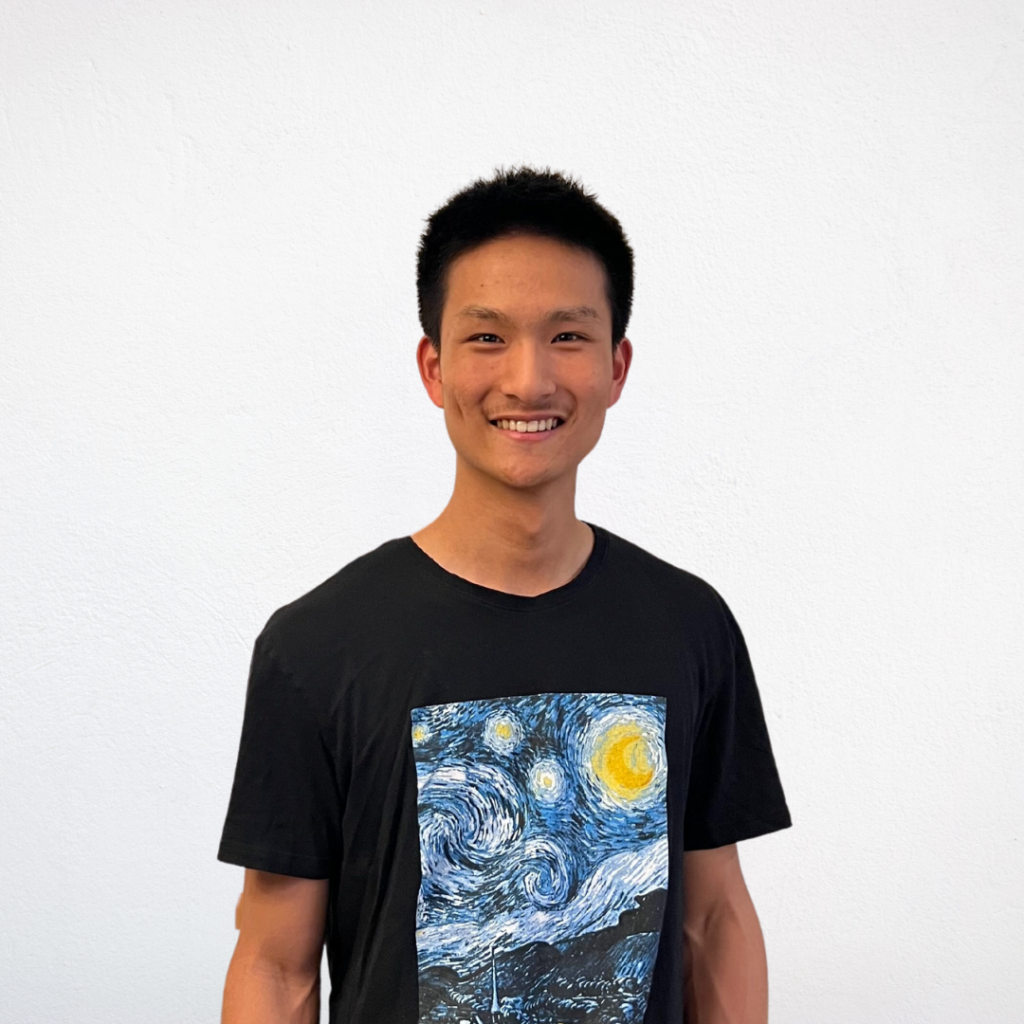
For first year Integrated Biomedical Engineering and Health Sciences (iBioMed) program student Aaron Zhao, finding innovative ways to express himself through STEM (science, technology, engineering and mathematics) has been a lifelong venture. Whether model rocketry, music production or website development, his experiences positioned him to be the innovation-driven student and prospective engineer he is today.

Zhao was recently named a national winner at the Ingenious+ Challenge in the health and well-being category. His design, a 3D printed exoskeleton that suppresses hand tremors in people who struggle to hold objects in a stable position, was inspired by his lived experience.
Hold steady
Since he was a young boy, Zhao suffered from shaky hands. As he grew older and his boxes of Lego took a backseat to boxes of hex nuts and wires, he often found it difficult to align screwdrivers to their respective screws while doing precision work.
In the summer of 2022, Zhao decided to research supportive devices for his hand tremors, only to be met with expensive technology and medicine far out of his budget. Taking an idea from the back of his chemistry notebook and translating it into a functional prototype resulted in the ExoTremor.
The ExoTremor is a device that supports people living with Parkinson’s Disease or essential tremors. The prototype works by locking both the extension-flexion (up-down) and supination-pronation (left-right) movements of the wrist whenever the user holds an object. For instance, someone with debilitating hand tremors can use the device to hold a cup steady without spilling its contents.
What makes the ExoTremor unique is the cost of production — less than $40. Zhao achieved this price point by constructing it with 3D-printed pieces and commercially available electronic components.
“The ultimate goal for the ExoTremor’s design was for it to be as accessible as possible,” says Zhao. “I wanted to create something that would make a lasting impact on people across the globe, no matter their socioeconomic circumstances.”
Finding the perfect fit
When considering the best place for an entrepreneurial soul like his to feel at home, Zhao says he knew McMaster University was where he was destined to be.
“The Integrated Biomedical Engineering and Health Sciences Program matched with all of my STEM-related passions,” he says. In particular, Zhao’s fascination with the anatomy and physiology of the human body, building things, CADing prototypes and conducting wet labs, were all things he could further explore. “I saw the perfect route to fulfilling my childhood dream of becoming a biomedical engineer.”
As he continues in his studies, Zhao hopes to consistently apply his learnings from the iBioMed design and innovation-based curriculum to further develop the ExoTremor from a prototype to a market-ready product.
“Ultimately, I want ExoTremor to be a statement that innovation does not have to be absurdly expensive,” says Zhao. “My dream is that the ExoTremor will allow more people battling tremors to be able to live life with control and stability.”
